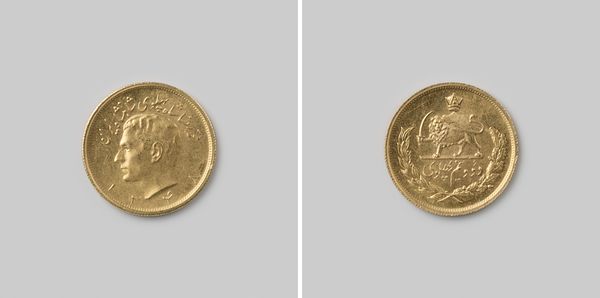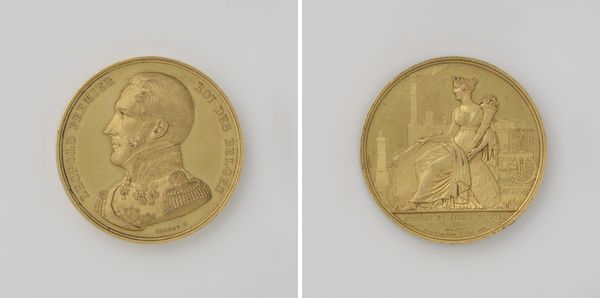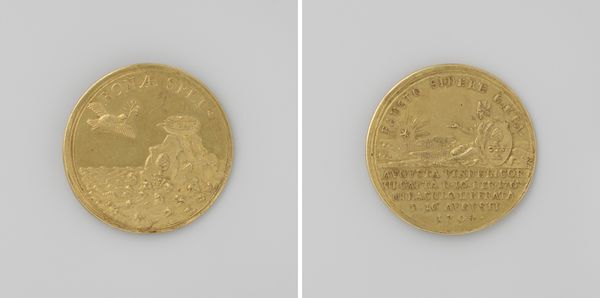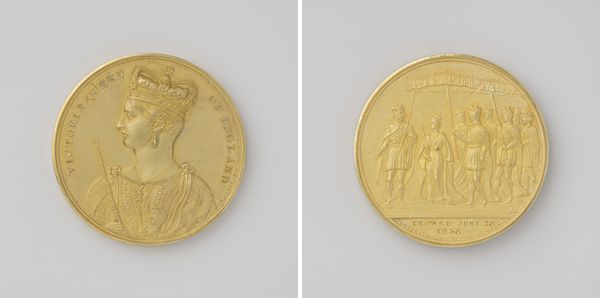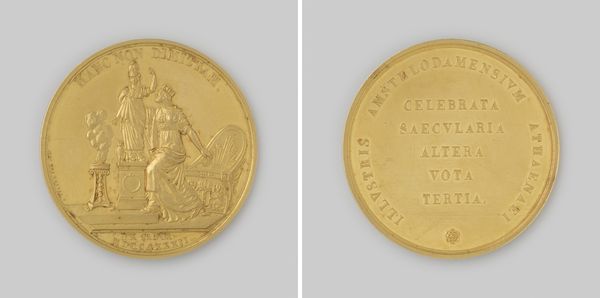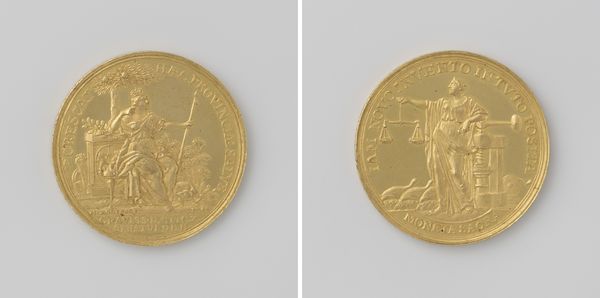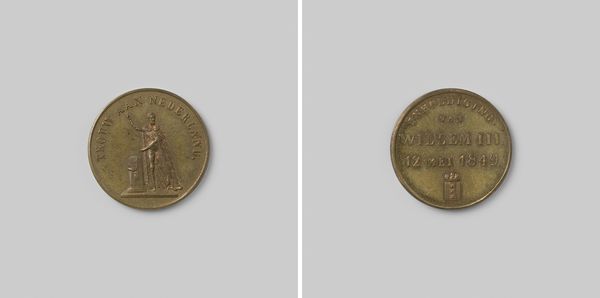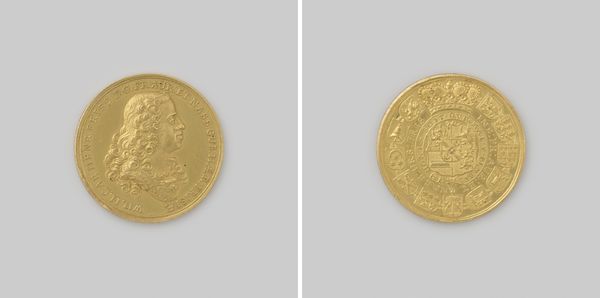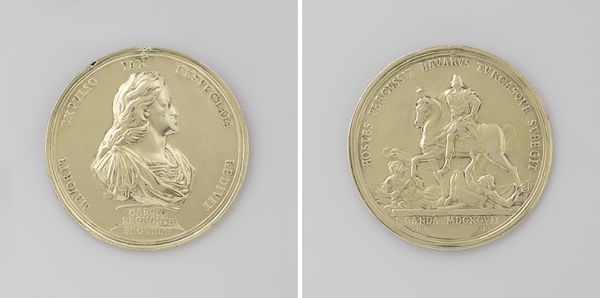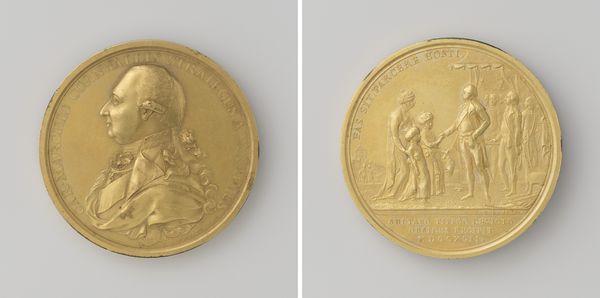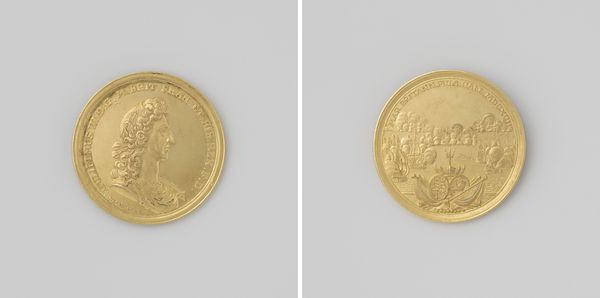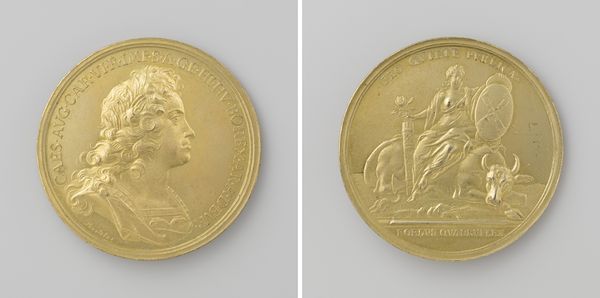
metal, bronze, sculpture, engraving
#
portrait
#
neoclacissism
#
metal
#
bronze
#
sculpture
#
history-painting
#
engraving
Dimensions: diameter 2.7 cm, weight 8.72 gr
Copyright: Rijks Museum: Open Domain
Curator: This intriguing object is a bronze and metal engraving commemorating "The Inauguration of Willem III as King of the Netherlands in Amsterdam," dating back to 1849. Editor: My first impression? It's powerfully minimalist. The figure is striking in its austerity; the limited textures almost feel... engineered for mass production. Curator: Indeed, the use of bronze and engraving, combined with the neoclassical style, places it within a very specific historical and material context. The relatively new technique of die striking enabled the production of commemorative medals like these on a wider scale, influencing public perceptions of royalty. Editor: The die striking hints at an intent for wide distribution and a construction of national identity—perhaps consciously evoking a connection with ancient coinage and the authority those symbolized. But also how would the mint worker experience this type of material and production process? Curator: That’s an excellent point. The historical context is essential; the image reflects the need for national unity after the 1848 revolution that swept across Europe and spurred constitutional changes in the Netherlands. The public image of Willem III had to embody strength and stability. Editor: And that’s achieved here. It’s interesting how such a small object can carry so much ideological weight. What does it signify about power, social standing, and perhaps aspirations during a critical epoch in the shaping of Netherlands society and its self-representation. The date becomes quite salient, doesn't it? Curator: Absolutely. These sort of medals and engravings serve as valuable historical documents and, by analyzing their mode of production and accessibility, they invite us to consider both the intended message and their social context. Editor: Considering its materiality and place of production adds another important, often ignored, piece to the bigger history.
Comments
No comments
Be the first to comment and join the conversation on the ultimate creative platform.
